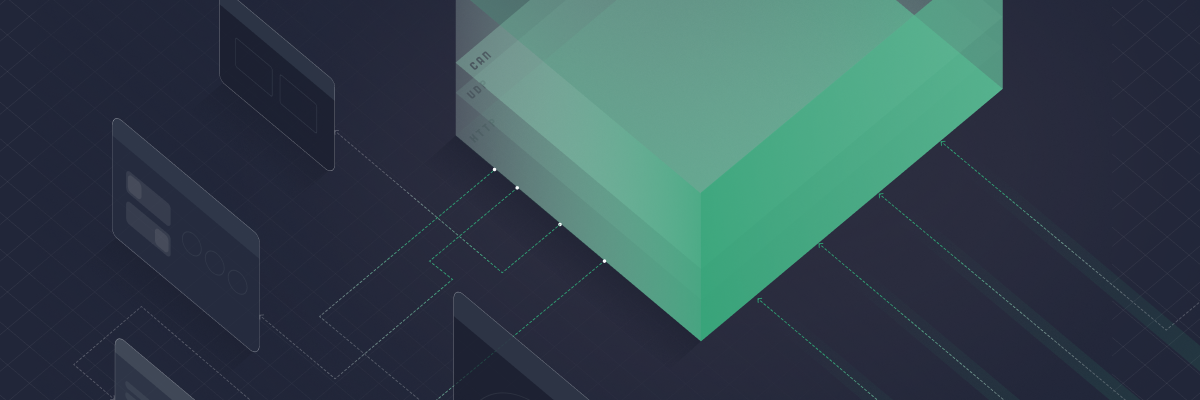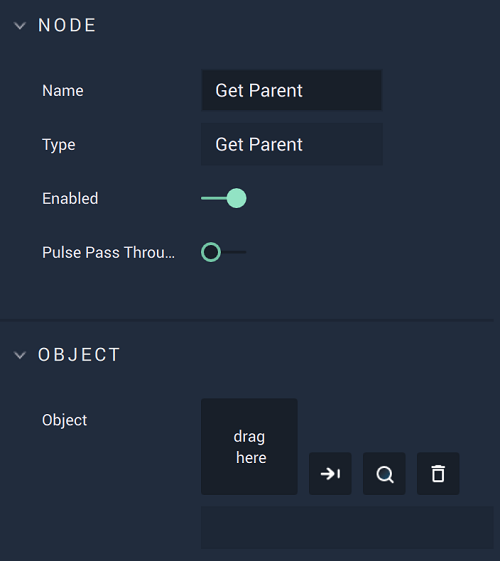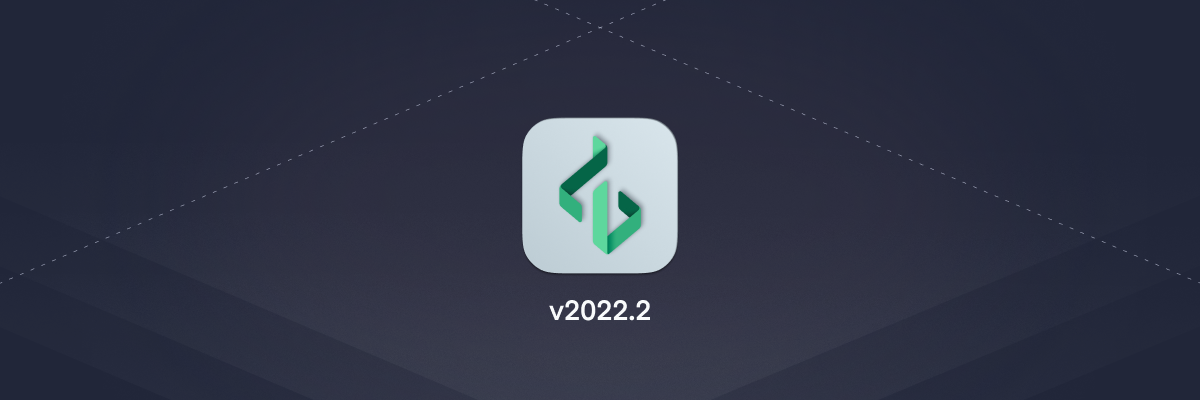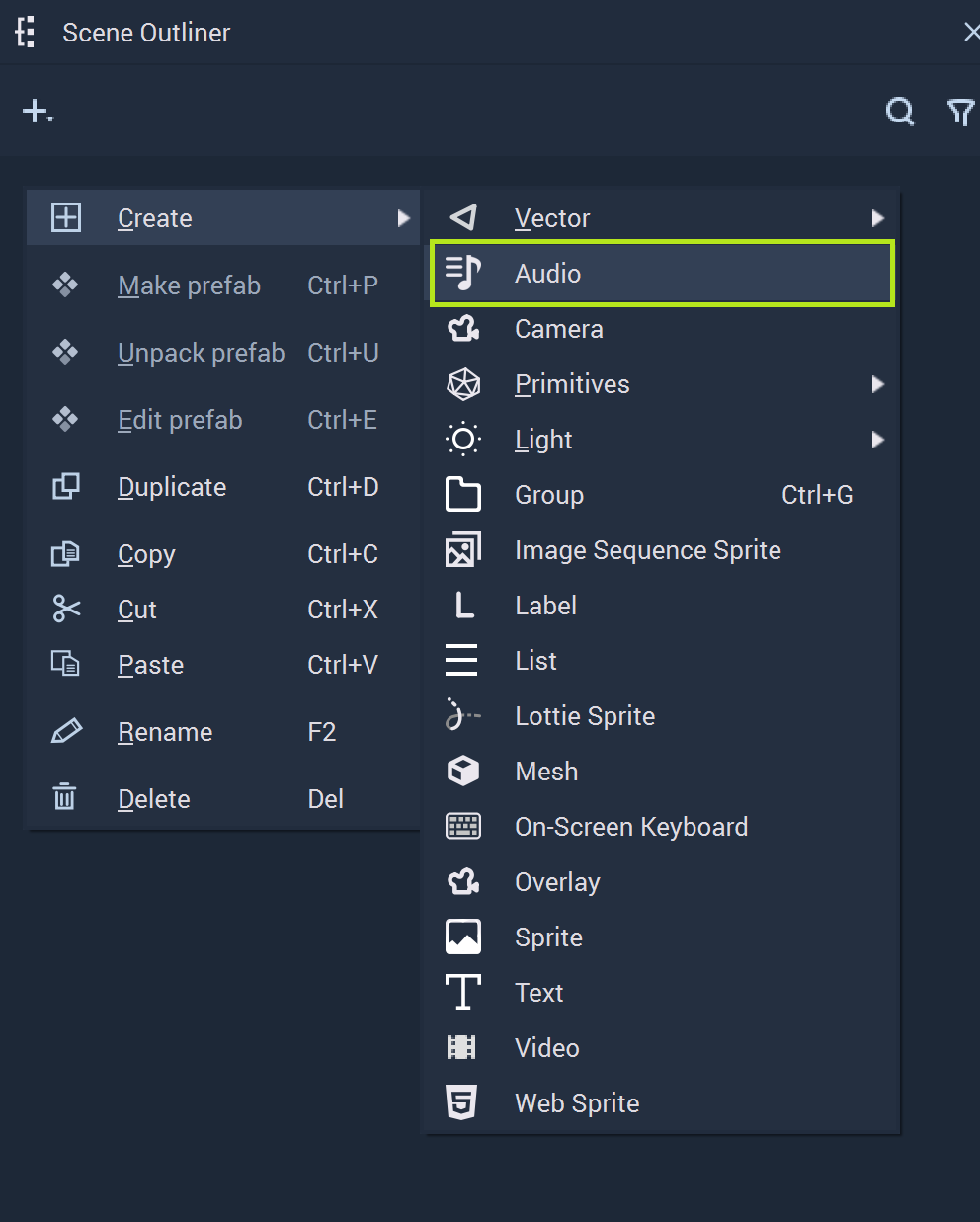Extended communication protocols
In today’s rapidly advancing technological landscape, communication protocols play a vital role in enabling seamless integration and data exchange in industrial and IoT applications. Our Communication Protocols are designed to enable communication between your project and external devices and systems. The protocol defines the communication rules, syntax, and semantics ensuring understandable and structured data exchanges.
Incari Studio 2022.2 supports an extended variety of Communication Protocols, such as:
-
TCP: Transmission Control Protocol is a part of the Internet protocol suite used for communication over the Internet.
-
HTTP: Hypertext Transfer Protocol communicates between web servers and clients allowing for the exchange of data and information across the internet.
-
MQTT: Message Queuing Telemetry Transport supports communicating between devices and is commonly used in Internet of Things (IoT) applications.
-
CAN: Controller Area Networks are often used in embedded systems for real-time communication between various devices.
-
MAVLink: Micro Air Vehicle Link is a lightweight protocol developed for communication between unmanned aerial vehicles (UAVs) and ground control systems (GCSs).
-
Serial: This protocol allows users to connect to serial devices such as a GPS through USB or serial ports.
-
Socket.IO: This protocol is a JavaScript library that enables real-time bidirectional communication between servers and web clients.
-
UDP: User Datagram Protocol operates at the transport layer of the Internet Protocol (IP) suite. It allows host communication to occur with other hosts that are a part of the IP network.
The use of protocols is vital in allowing for seamless integration and data exchange in industrial and IoT applications. Read more about incorporating our communication protocols here.
Extended nodes
Incari Studio Nodes are elements in the Logic Editor that represent different logical operations or data types. The Logic Editor is a visual programming interface used for creating custom behaviors and interactions within Incari Studio. With each release, we aim to extend and optimize our nodes to give you more and improved functionalities.
-
Mouse Event Nodes: Mouse Nodes are a powerful toolbox of interactive elements enabling users to easily create interactive and responsive applications with mouse-based input. For example, you could create a button that changes color when the mouse hovers over it or a slider that adjusts its value based on the position of the mouse cursor.
-
Input and Output Nodes: IO Nodes allow users to interact with external systems and data sources, enabling a range of powerful integrations and workflows. Quickly connect to and extract data from databases, files, APIs, and other sources, and then manipulate that data within their Incari Studio workflows. New nodes include getting the current directory, getting file extensions, removing objects, and listing directory contents.
Structure of objects in a scene
The Scene Objects are the building blocks of your project. They now follow a tree-like structure. Each object, except the Root Object, has a parent and can have children. This allows any object to be placed under another object as its child. The Root Object functions as the parent of all Objects.
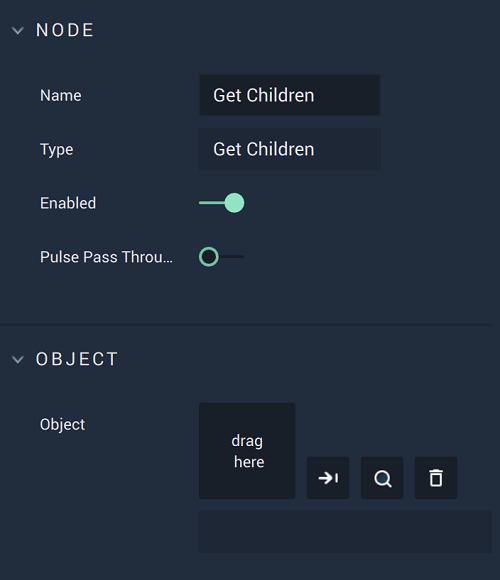
Whether you’re a seasoned pro or just starting out, Incari Studio 2022.2 has everything you need to take your creative endeavors to the next level. Share your feedback with the community over on the Incari Forum. Excited to start working with Incari Studio? Download your 30-day free trial now or reach out to our sales team for more information on our enterprise plan.
